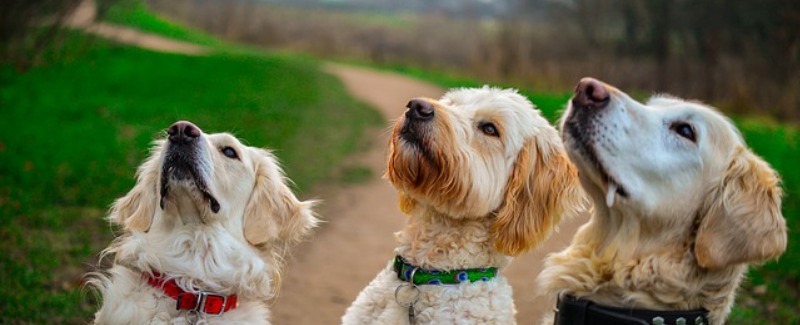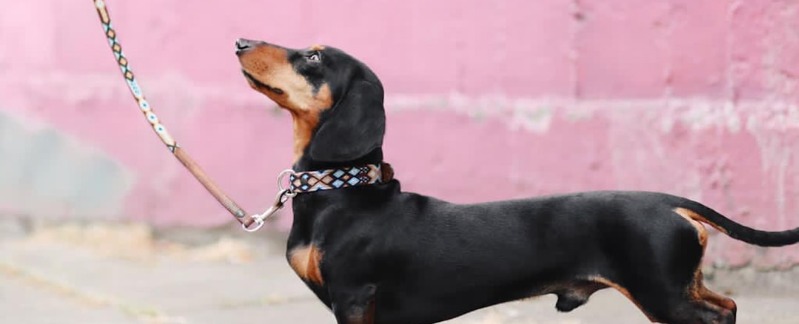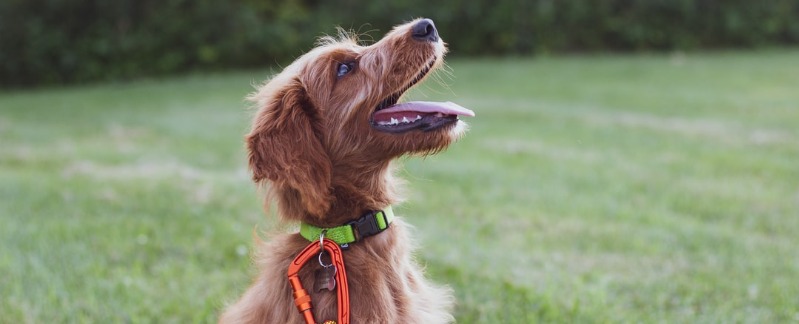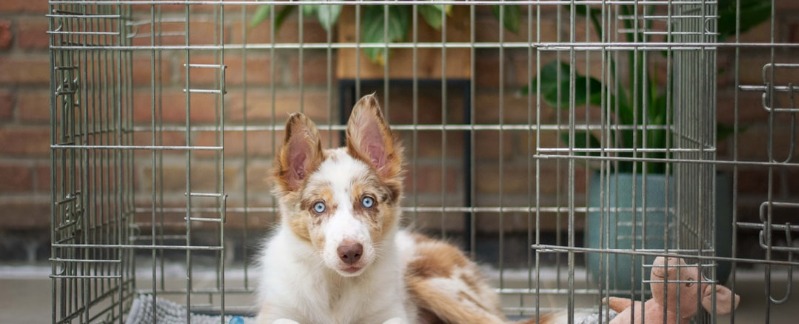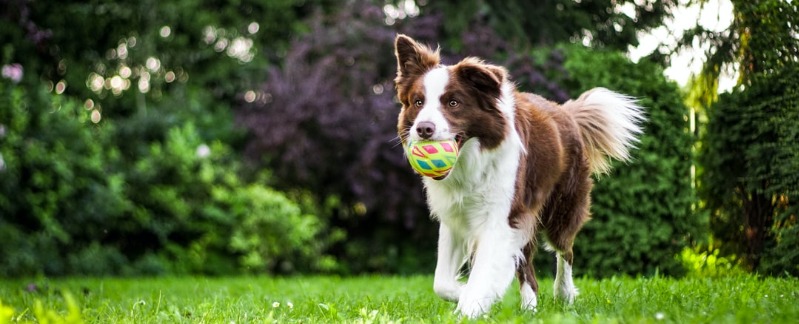Reinforcers can be primary, or hard-wired, like food or social contact. Practically anything that your dog likes and will work to get is a primary reinforcer. Secondary, or conditioned reinforcers, are reinforcers that your dog (or you, for that matter) has learned to like because of its association with a primary reinforcer. Your paycheck is a perfect example of a secondary or conditioned reinforcer — if you didn’t associate it with money in the bank, you wouldn’t be so excited to get this otherwise worthless scrap of paper every Friday, would you?
Using a Conditioned Reinforcer
Contents
Even before you establish which first behavior you want to encourage, you want to establish a conditioned reinforcer (CR). For training purposes, you want to establish a specific CR so that you can isolate and mark a behavior (or piece of one) for primary reinforcement. It’s basically the bridge between the behavior you want and the dog’s reward. It lets her know she did something right, and is going to be rewarded for it.
If your dog goes running to the cabinet where you keep the dog biscuits every time you say “cookies,” then you already have a secondary reinforcer. Your dog has connected the conditioned reinforcer “cookies” to a primary reinforcer — food. See, you’re training already!
Establish a Conditioned Reinforcer
Establishing a CR is easy. Simply decide what you want your CR to be, and pair it with a primary reinforcer until your dog makes an obvious connection between them. It might take only a few repetitions for some dogs to learn that their CR means good stuff for them, while others may need more practice. Most dogs figure it out in only a few brief sessions of multiple repetitions.
To get started, take your dog and some tasty treats somewhere with a low distraction level. You are not asking or expecting anything of your dog at this point. Just click or say your CR, and then give your dog a treat. Repeat 5–10 times per session. This is often called loading or charging the CR. Make sure you use your CR, whatever it is, before you make a move to give your dog a treat.
Clickers, which are small plastic and metal noisemakers, are popularly used as CR, but many people use a verbal CR like “Yes!,” “Great!,” Or “Bingo!” The word or sound you use isn’t at all important, but using it consistently and correctly is.
Remember, your dog is visual, not verbal, and you want your intended CR to tell your dog the treat is coming, not the motion of your hands. When you see your dog visibly startle or respond in a positive way when she hears her CR, it’s time to move on and work on specific behaviors!
Schedules of Reinforcement
When you first start teaching your dog a new behavior, you’ll be using a fixed schedule of reinforcement at a 1:1 ratio. That’s a fancy way to say that for every correct response your dog gives, she’ll be rewarded. Very quickly, as soon as your dog is performing the behavior easily (about the same time you start naming the behavior; more about naming the behavior in Chapters 9 through 16), you’ll want to move to a variable schedule of reinforcement. To put it simply, you’ll wait to get several correct responses before offering the CR or reward. So, you might want to see two behaviors (or repetitions of the same behavior) before you CR or reward, then three, then one, then four, and so on, so your dog can’t predict which behavior or repetition will get the CR, which makes her try harder to get it.
The Power of the Unexpected
The most powerful schedule of reinforcement that keeps dogs working hard for the treats is a random schedule. This schedule works on the same principle as a slot machine. If you got a quarter for every quarter you put in, after a while you’d get bored. And, if one time you didn’t get a quarter, you’d get frustrated and angry quickly, maybe taking out your frustration on the machine that always pays off. No, you keep putting that quarter in because you might get a big payoff, and it could happen at any time, so you’d better stay there and keep playing so you don’t miss your chance to win. This is exactly the attitude you want to foster in your dog — that training is a game he wants to keep playing.
Rewarding the Best
A random schedule is the way to build that desire, but you have to make sure you’re rewarding your dog often enough to keep him motivated. Since you’re not rewarding every effort when you are on a random schedule, make sure the efforts that do get rewarded are the best examples of that behavior — the fastest response, the straightest sit — whatever your criteria for that exercise at perfection is, reward the closest approximation of it.
Weaning Off Treats
Chances are, you’ll continue to give your dog treats for the duration of her life, whether they’re for training purposes or just because she’s cute. Preventing yourself and your dog from relying on treats as a crutch to get behavior is easy, if you can discipline yourself to remove them as a lure and switch to a variable and then random schedule of reinforcement as quickly as possible with each behavior.
But We Always Do It with a Treat!
At some point during the process of switching your dog from a food-lured behavior to a hand-lured one, or from a fixed to a variable or random reinforcement schedule, your dog is going to say “Unh, unh, I can’t do it without the treat.” Your response must be “Oh, yes you can, and I’m going to help you.” Gently insist that she does what you asked, even if you have to physically place her into the correct position. Still praise her when she gets into the correct position, but no reward if you had to do the work to get her there — if you have to give somebody a treat for it, give it to yourself (another good reason to use people food for dog training!). The very worst thing to do if your dog refuses a command is to bring out a treat to “help.” If you do, not only is your dog training you to use treats as a bribe instead of as a reward, but you’re also training your dog that if she doesn’t do the requested behavior, she’ll get a treat.

